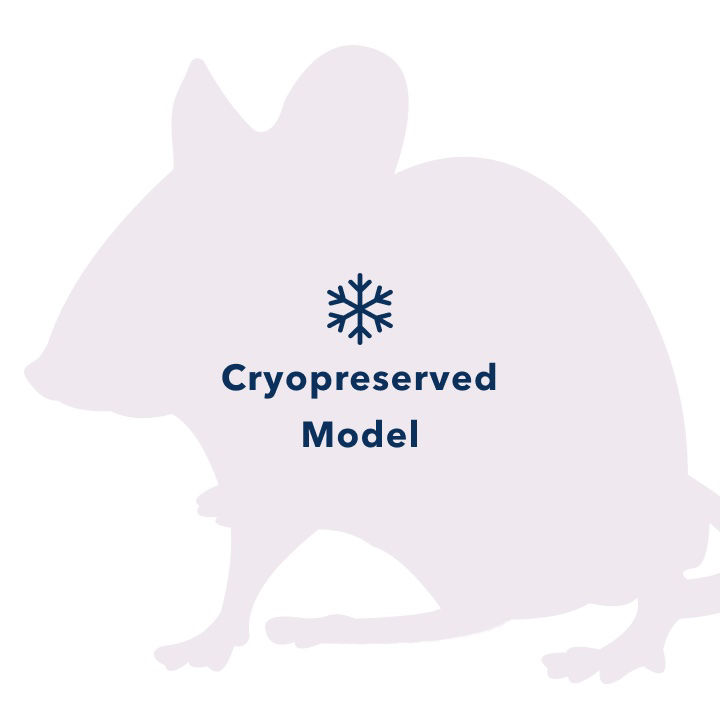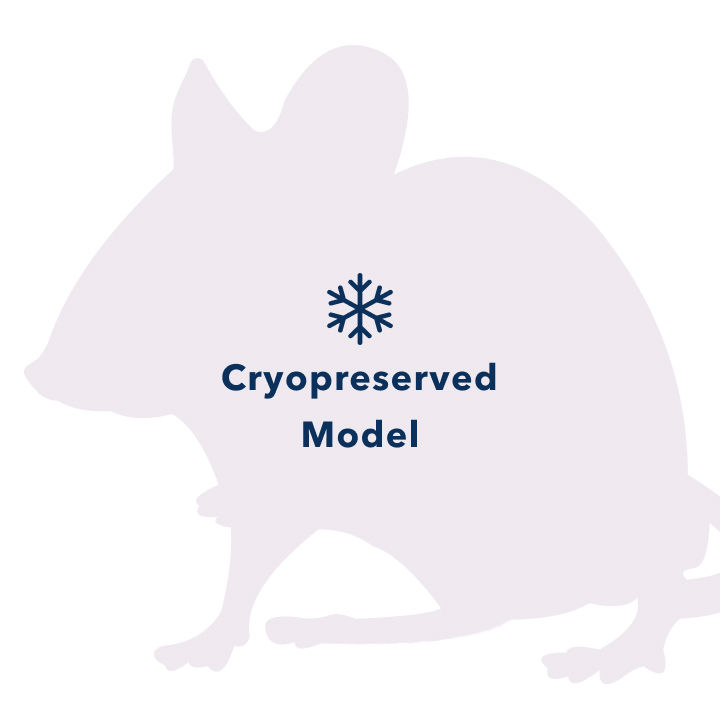| Model No. | Nomenclature | Genotype |
|---|---|---|
| 1414 | B6.129-Nr1i2tm1Sakl N10 | ko/ko |
PXR Mouse

- Description
- Price & Licensing
- Overview
- Genetics
- Guides & Publications
- Applications & Therapeutic Areas
- Transit, Housing & Welfare
- Diet
Overview
Nomenclature: B6.129-Nr1i2tm1Sakl N10
- Carries a disruption of the nuclear receptor gene Nr1i2, which encodes the pregnane X receptor (PXR)
- Useful for studies of xenobiotic metabolism
- Useful for studies of cholestasis and hepatotoxicity
Availability
Occasionally, it becomes necessary to discontinue live production of Taconic Transgenic Models™ due to lack of interest. The PXR mouse developed in the laboratory of Steven A. Kliewer at GlaxoSmithKline is one such model. Live production of the model ended on May 15, 2013. If you have a need for a Pxr knockout mouse model, please contact us.Origin
The PXR mouse was developed in the laboratory of Steven A. Kliewer at GlaxoSmithKline. The model was created by targeting the Nr1i2 gene in R1 embryonic stem cells derived from 129 mice and injecting the targeted cells into C57BL/6J blastocysts. Resultant chimeras were backcrossed to C57BL/6J for two generations. Taconic received stock in 2000. The line was embryo transfer derived and backcrossed to C57BL/6NTac for a total of 10 generations (N10). The line was rederived in 2005. The colony is maintained through incrossing of homozygous mice.
This model is cryopreserved and available for recovery. Models can typically be recovered and delivered to customers within 12 weeks after order receipt. Purchase of this model includes perpetual use rights and a deliverable of four mutant animals at the Murine Pathogen Free™ health standard along with a genotyping protocol. For models which include a recombinase gene or multiple alleles, all alleles will be provided, but individual animals may not contain all mutant alleles.
Taconic’s Colony Management experts can design a plan to grow your colony faster.
Genetics
Guides & Publications
Initial Publication:
Staudinger JL, Goodwin B, Jones SA, Hawkins-Brown D, MacKenzie KI, LaTour A, Liu Y, Klaassen CD, Brown KK, Reinhard J, Willson TM, Koller BH, Kliewer SA. (2001) The nuclear receptor PXR is a lithocholic acid sensor that protects against liver toxicity. Proc Natl Acad Sci USA 98(6):3369-74.
Applications & Therapeutic Areas
- ADMET
- Metabolic Disease
Transit, Housing & Welfare
Need more info? Click the live chat button or Contact Us
Diet
- Licensing
- Pricing - USD
- Pricing - EUR
- Pricing - DKK
- Select my Health Standard
- Get Custom Pricing Guide
PXR Mouse
This model is sold under terms which grant perpetual use rights.
Pricing - USD
1414-EZcohort-4
| Item | Commercial | Nonprofit |
|---|---|---|
| Cryopreserved Model | US$21,000.00 | US$13,000.00 |
Cryopreserved models are invoiced upon shipment of recovered animals. Once orders are placed, the full purchase price will be applied if the order is canceled. For orders greater than 4 animals, please contact Taconic for options.
Fees for Taconic Transit Cages™ and freight are in addition to the price above.
Pricing - EUR
1414-EZcohort-4
| Item | Commercial | Nonprofit |
|---|---|---|
| Cryopreserved Model | 21.000,00 € | 13.000,00 € |
Cryopreserved models are invoiced upon shipment of recovered animals. Once orders are placed, the full purchase price will be applied if the order is canceled. For orders greater than 4 animals, please contact Taconic for options.
Fees for Taconic Transit Cages™ and freight are in addition to the price above.
Pricing - DKK
1414-EZcohort-4
| Item | Commercial | Nonprofit |
|---|---|---|
| Cryopreserved Model | kr.156.660,00 | kr.96.980,00 |
Cryopreserved models are invoiced upon shipment of recovered animals. Once orders are placed, the full purchase price will be applied if the order is canceled. For orders greater than 4 animals, please contact Taconic for options.
Fees for Taconic Transit Cages™ and freight are in addition to the price above.
Select my Health Standard
Need help choosing the right Taconic Biosciences health standard for your research?
Use the Health Standard Selector to enter your exclusion list. The tool will tell you which health standards meet your requirements.
Get custom pricing guide
Schedule A Scientific Consultation
Connect directly with a member of our Scientific Solutions team who can help you select the most appropriate model and maximize your experimental success.


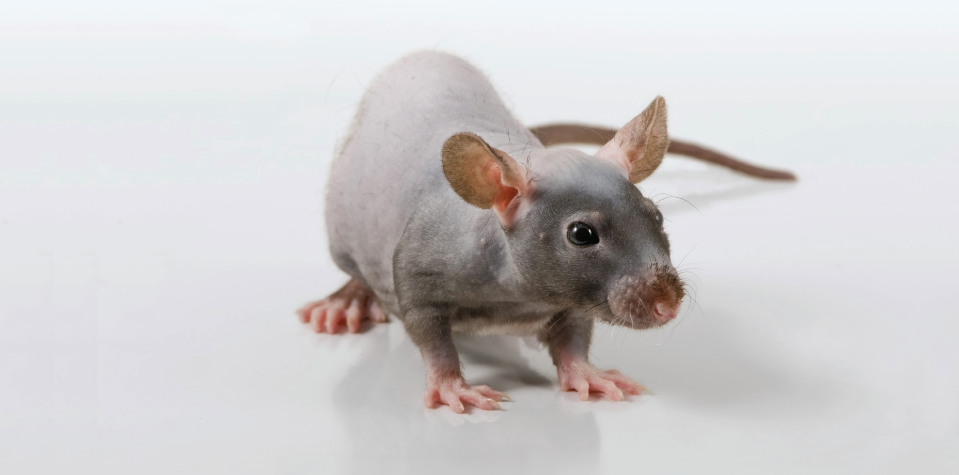

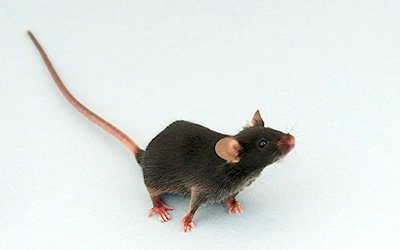
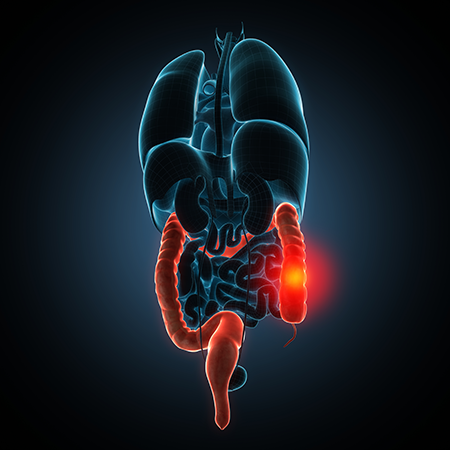
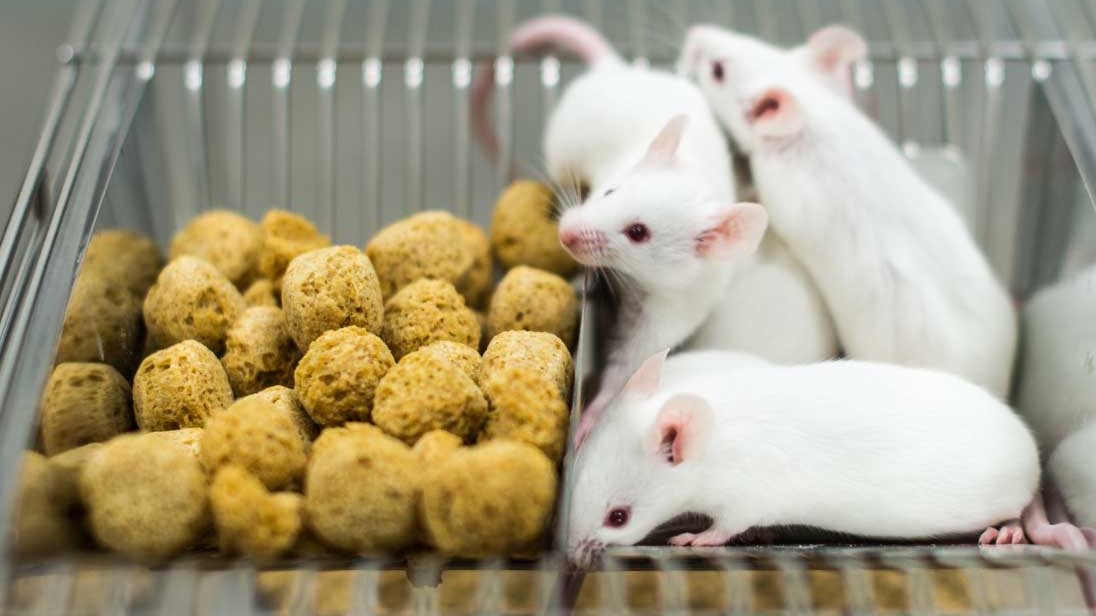



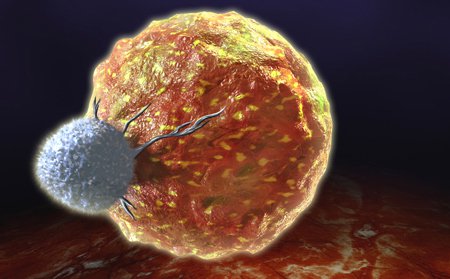


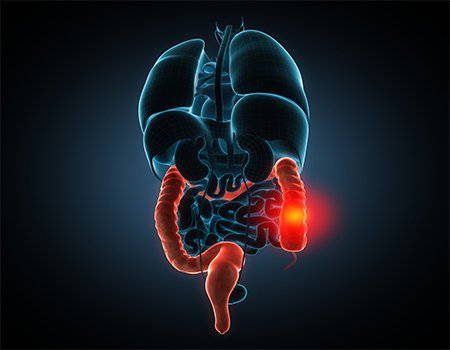

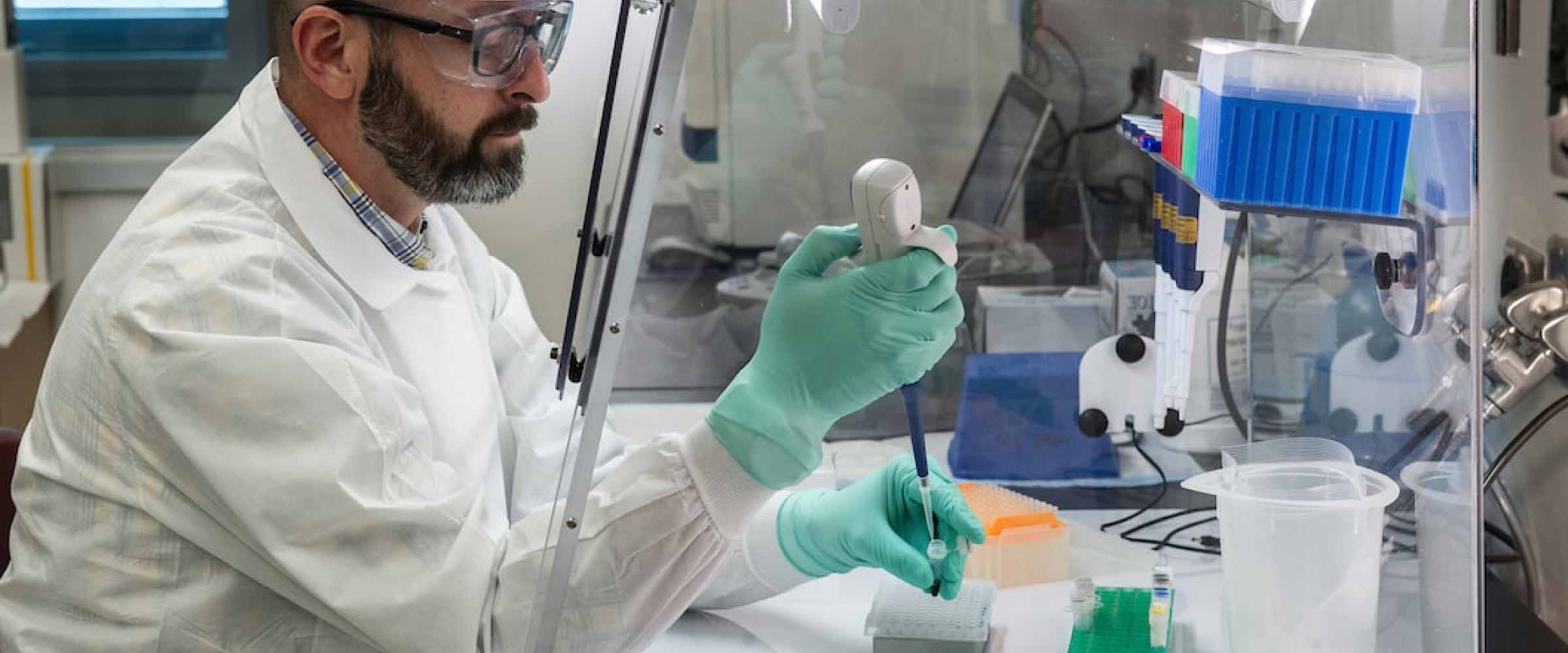
.jpg)

.jpg)
.jpg)
.jpg)
.jpg)
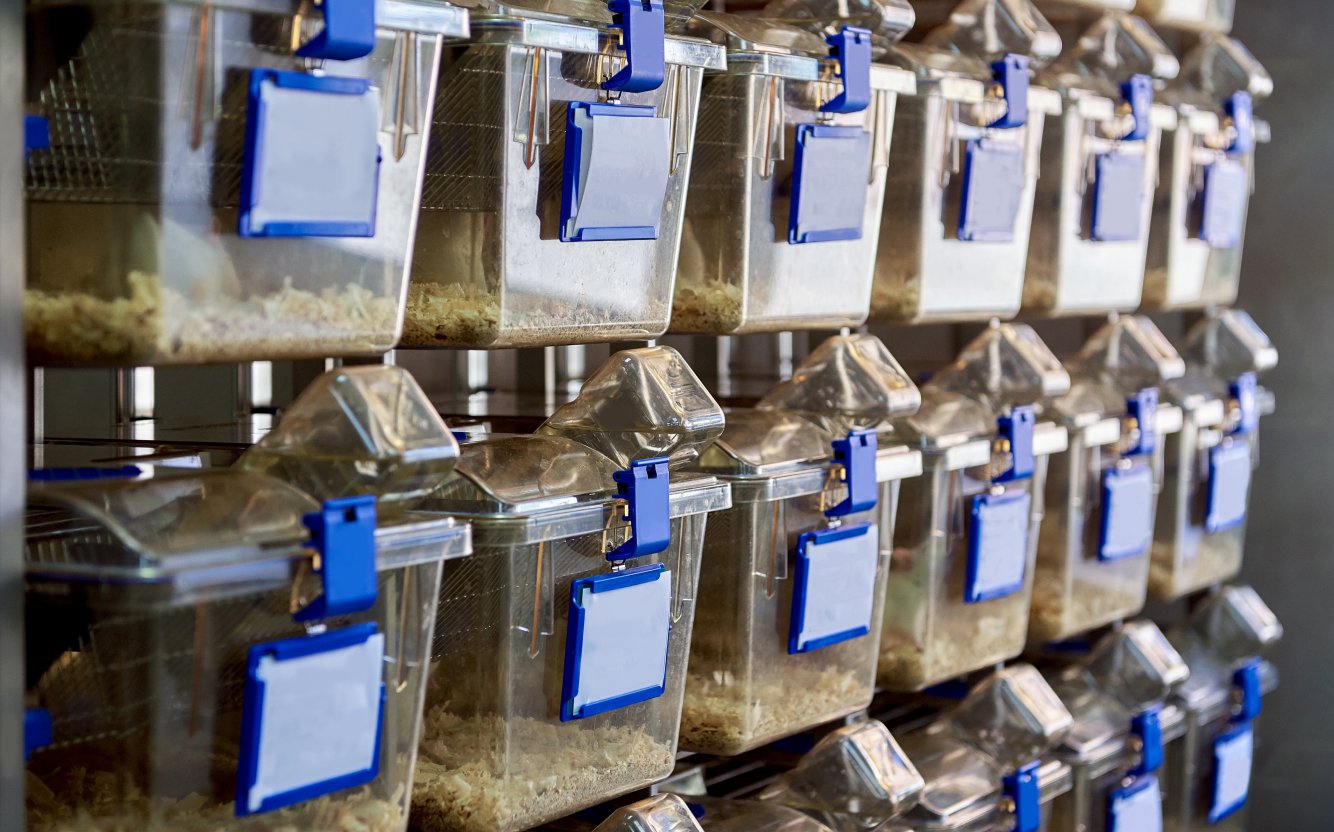
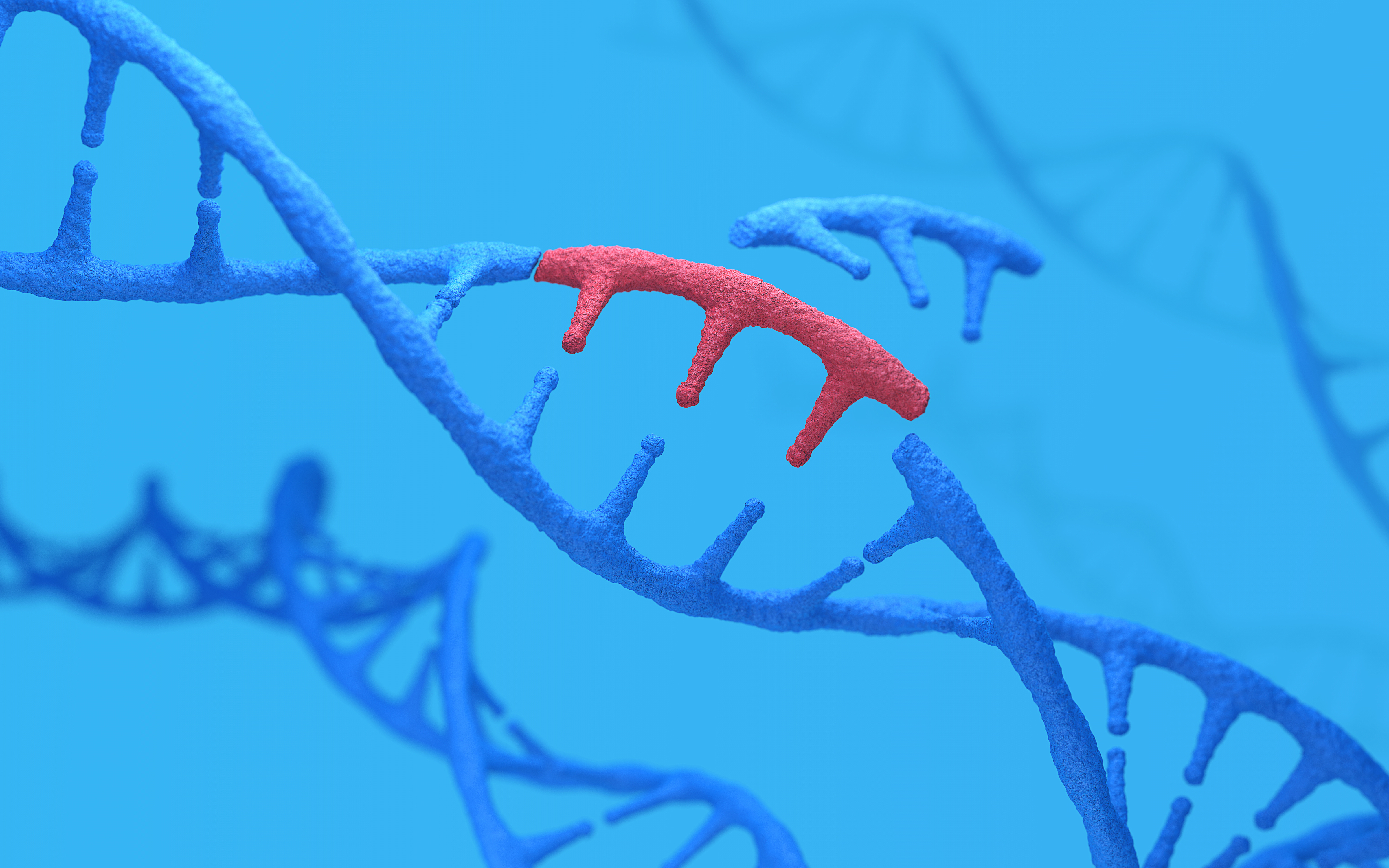
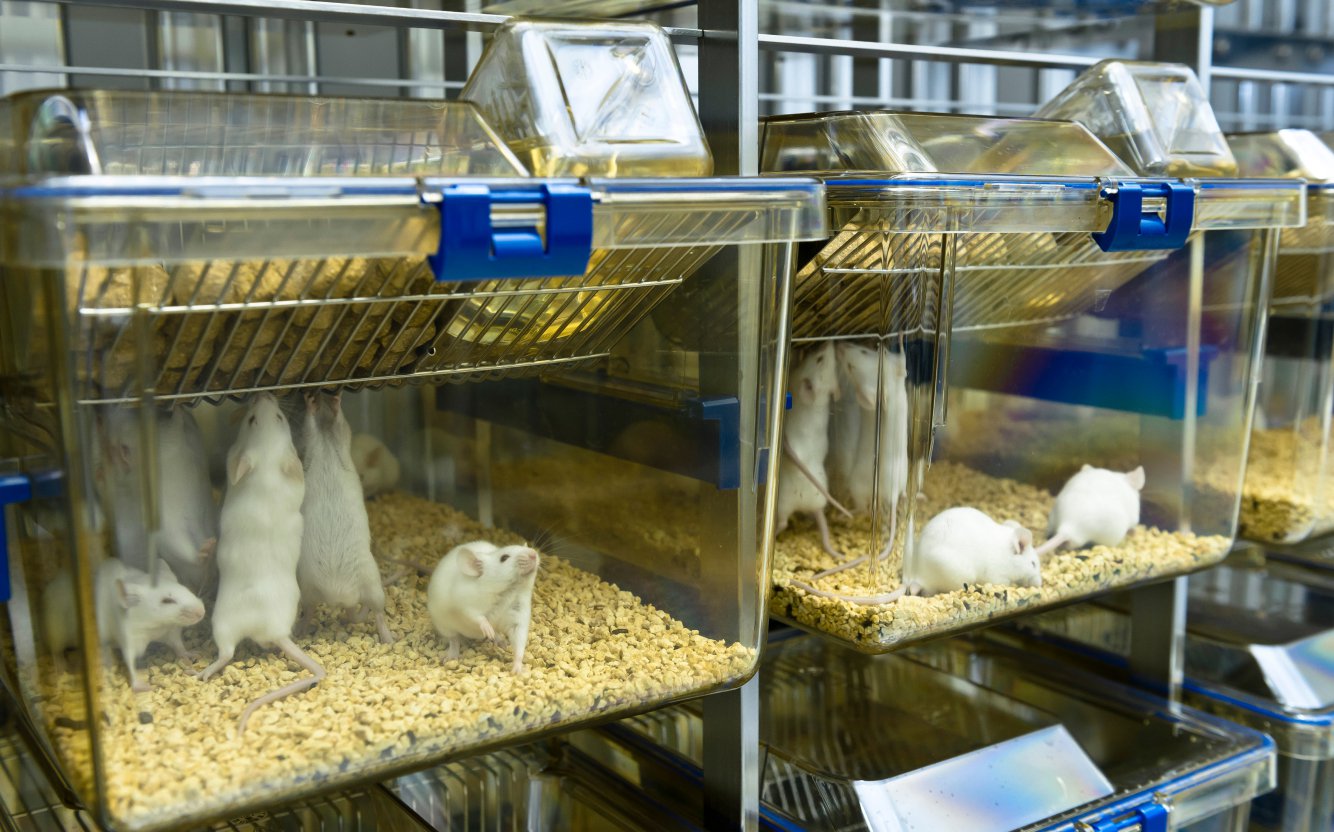

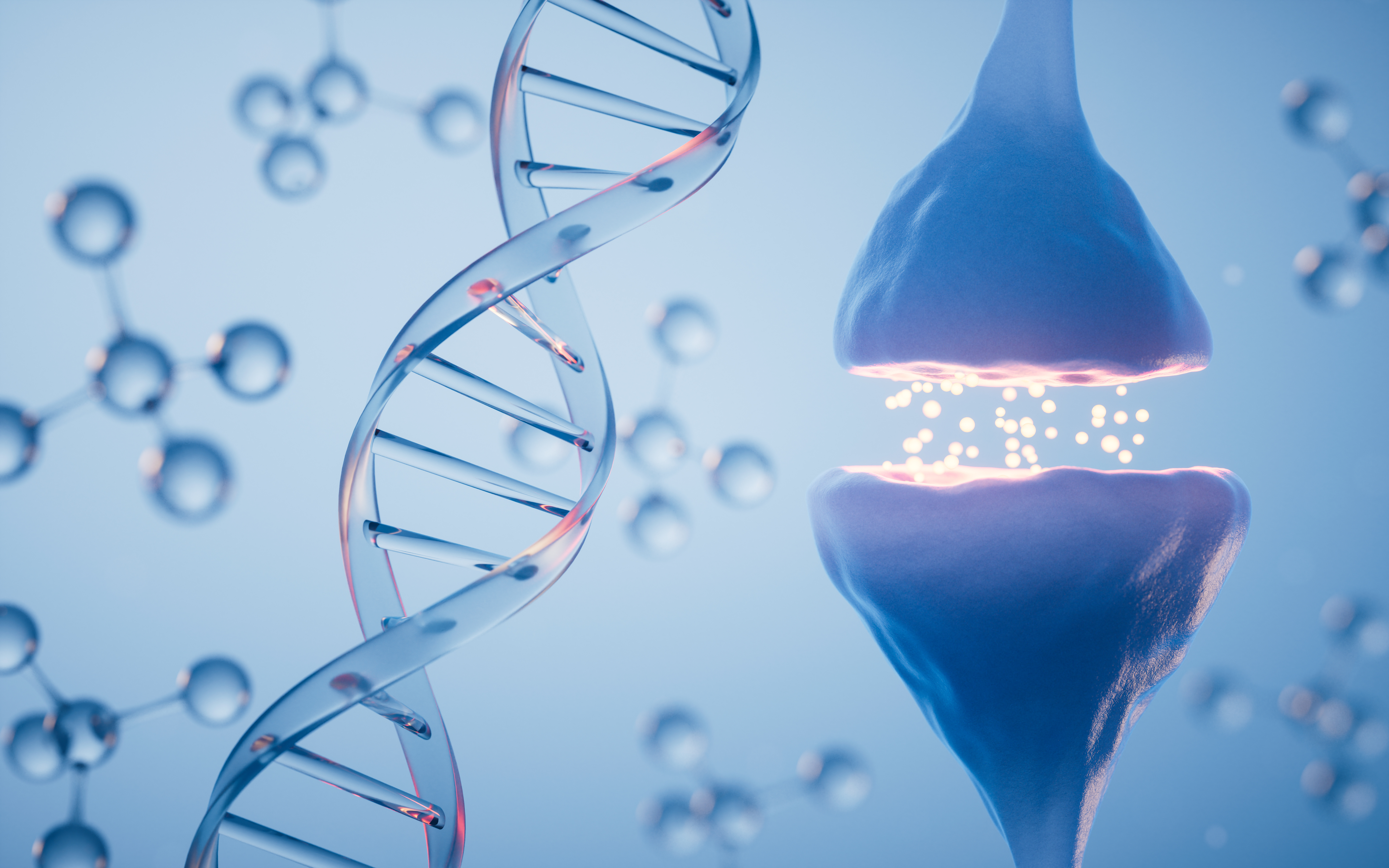
.jpg)

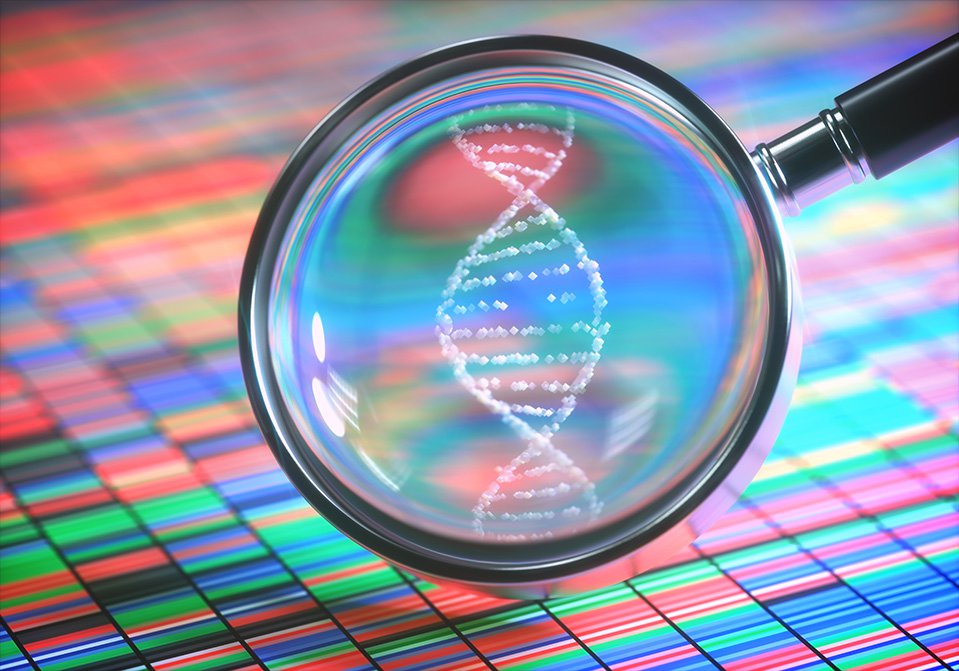
.jpg)
.jpg)

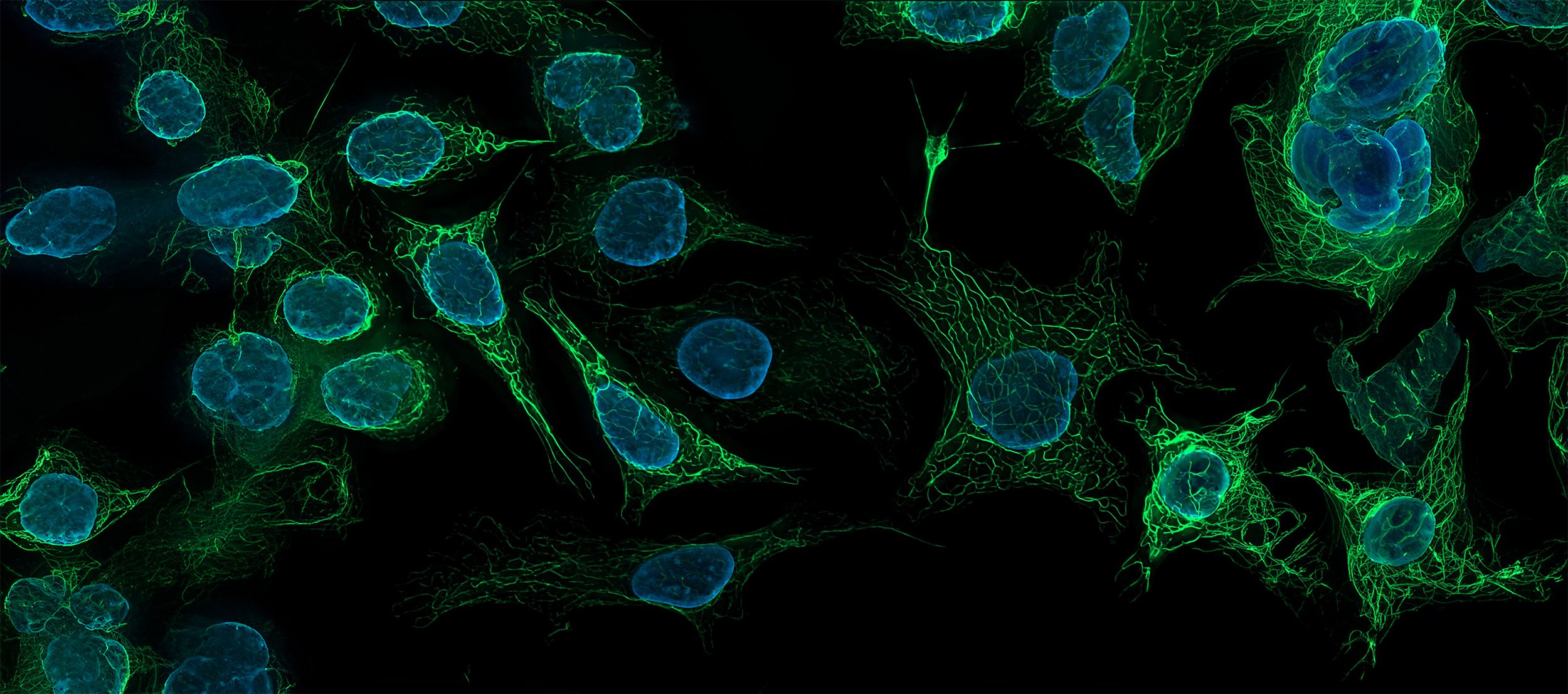
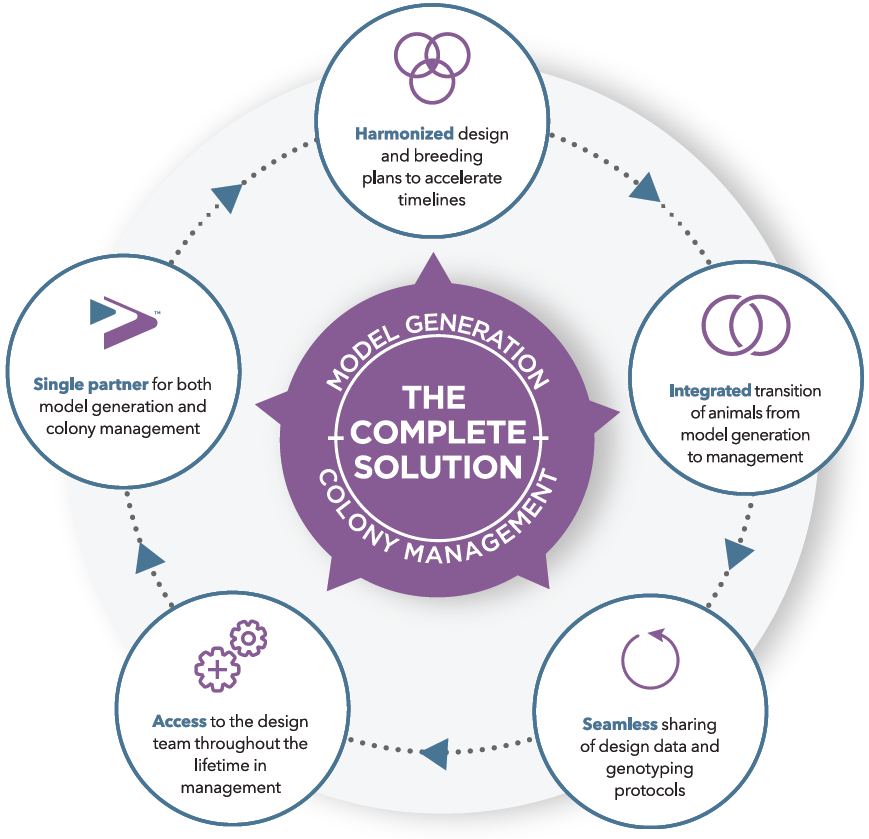

.jpg)
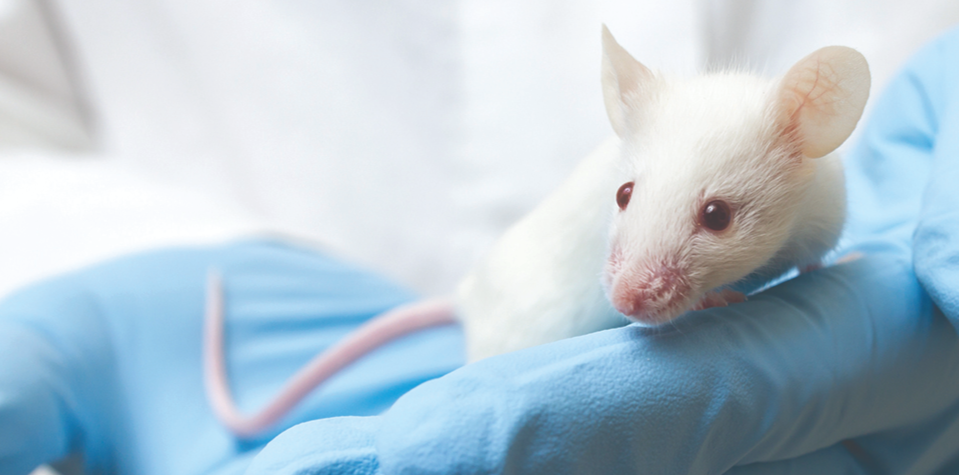

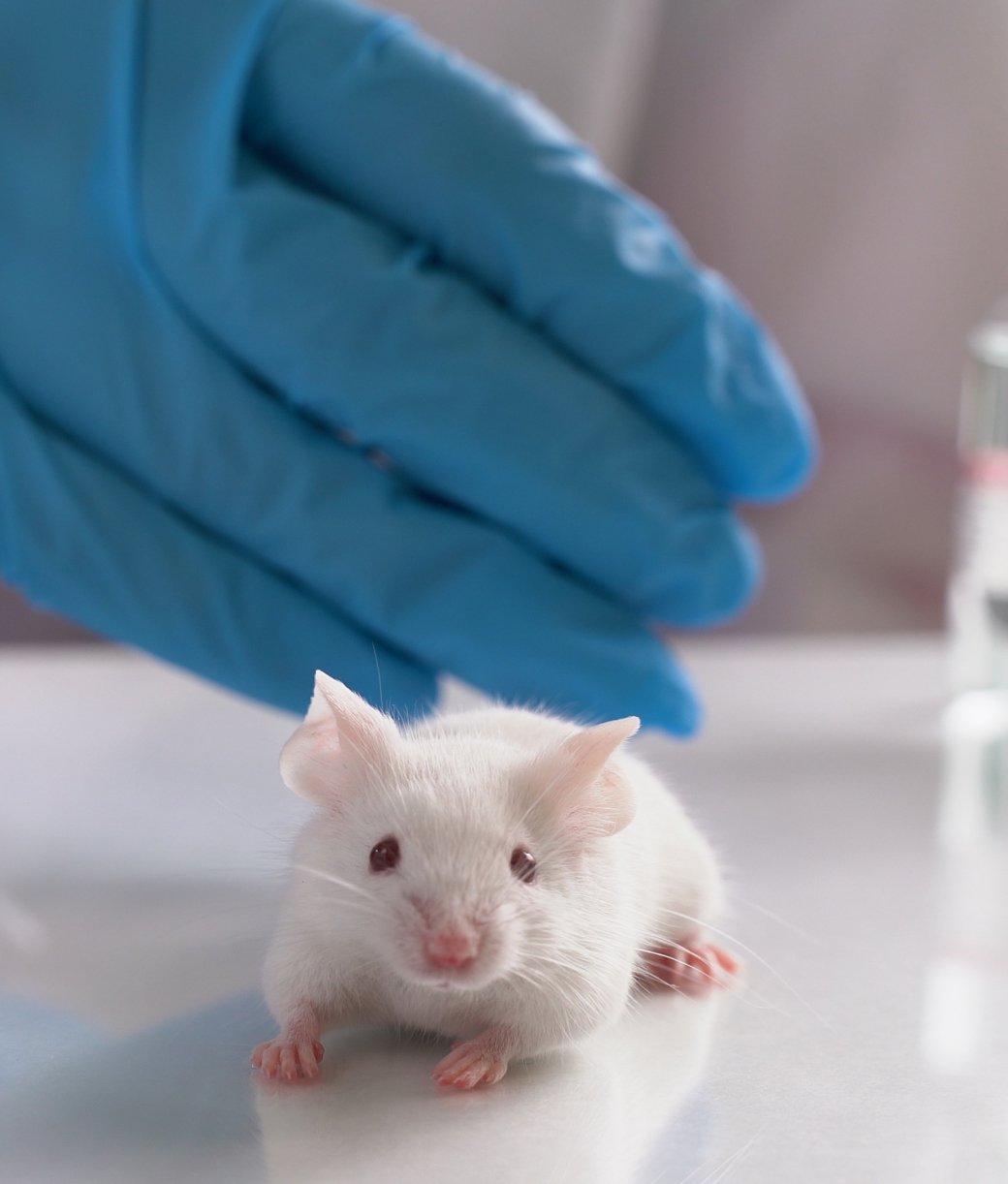

.jpg)

.jpg)





